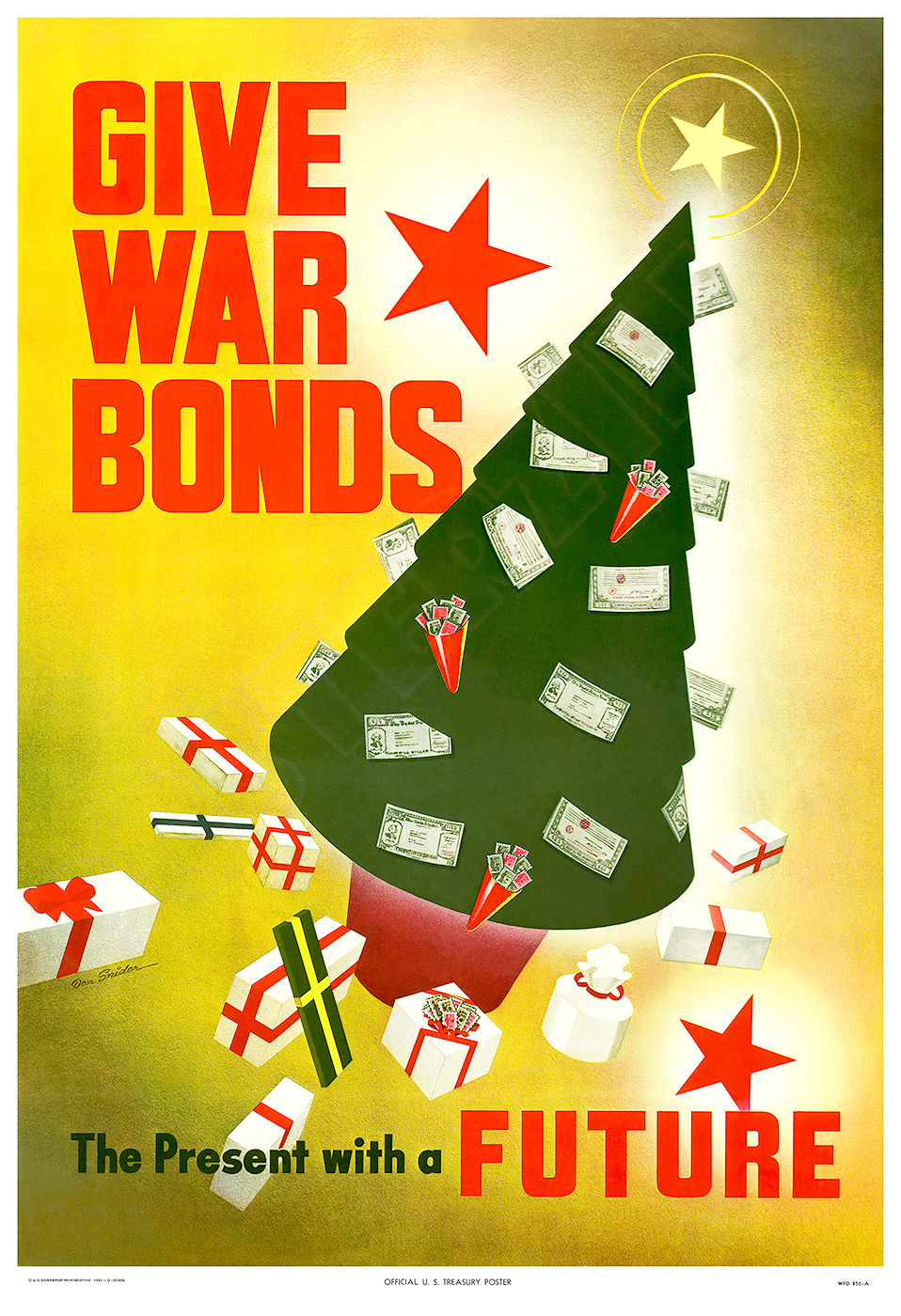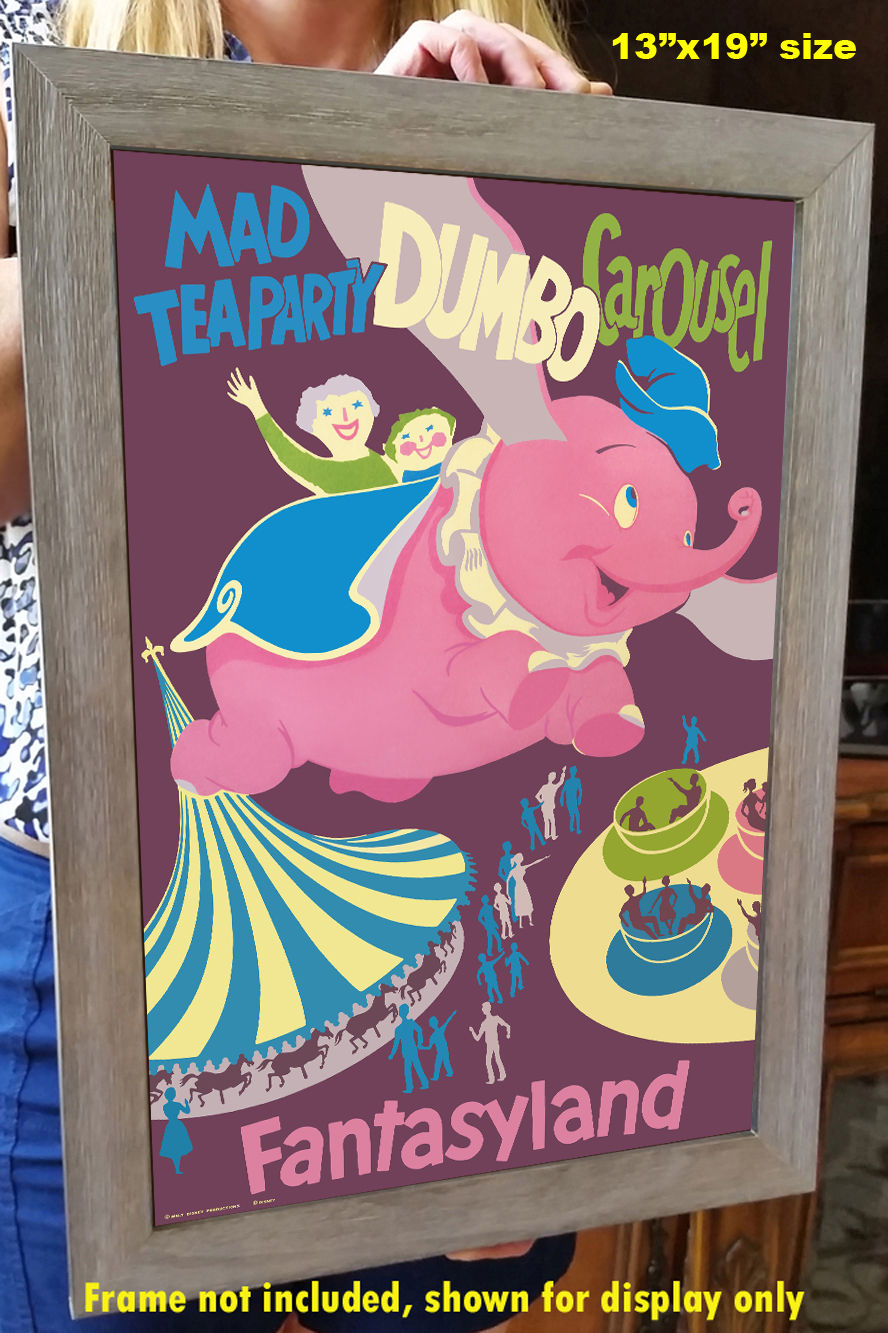This beautiful poster has been re-mastered from an original WWII 1944 poster by commercial artist Courtney Allen (1896-1969), urging Americans to “Keep Buying War Bonds.” The image shows men and women working on an assembly line, building military aircraft.
The vibrant colors and detail of this classic image have been painstakingly brought back to life to preserve a great piece of history.
The high-resolution image is printed on heavy archival photo paper, on a large-format, professional giclée process printer. The poster is shipped in a rigid cardboard tube, and is ready for framing.
The 13"x19" and 24”x36” formats are excellent image sizes that look great as a stand-alone piece of art, or grouped as a visual statement. These posters require no cutting, trimming, or custom sizing, and a wide variety of these frames are readily available at your local craft or hobby retailer, and online.
A great vintage print for your home, shop, or business!
HISTORY OF WWII POSTERS
In the late 1930’s, and early 1940’s, Americans were divided over whether to join Britain and France in the war with Germany. It wasn’t until the surprise attacks on Pearl Harbor in December 1941, that the U.S. would be forced into World War II. When U.S. troops were sent to fight in the war effort, hundreds of artists were commissioned to create patriotic posters that would rally support on the home front.
Americans were vigorously encouraged to buy war bonds and take factory jobs to support military production needs. While men were sent to battlefields, women were encouraged to take “non-traditional” jobs such as riveters, electricians, and welders. The popular image of “Rosie the Riveter” came from this effort to recruit women into these roles.
To preserve materials and resources for the war effort, patriotic posters advocating carpooling to save on gas, cautioned against wasting food, and urged people on the home front to collect scrap metal to be recycled into military materials. Rationing programs were implemented in the spring of 1942, and limits were set on everyday purchases.
Many posters presented positive patriotic messages, while others used fear to rally support for the Allies and cautioned against leaking information to spies. One of the most famous sayings of the times was "Loose lips sink ships." Graphic images frequently depicted blood-thirsty enemies, and others contained derogatory images of soldiers and leaders with menacing, exaggerated features.
Today, these posters provide a glimpse into the nation's psyche and environment during World War II and how propaganda was used to link the home front to the front lines.
top of page
$19.95Price
Color: Blue
These are simply the best posters available! You will be thrilled with the image quality, vivid colors, fine paper, and unique subjects.
Our posters are sized for standard off-the-shelf frames, with no custom framing required, providing huge cost savings!
Related Products
bottom of page
































